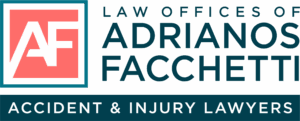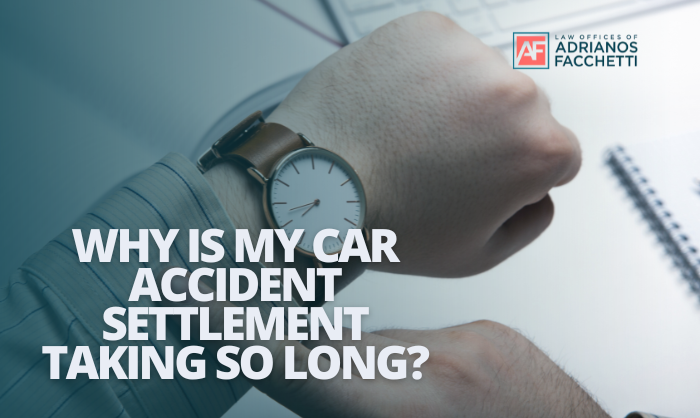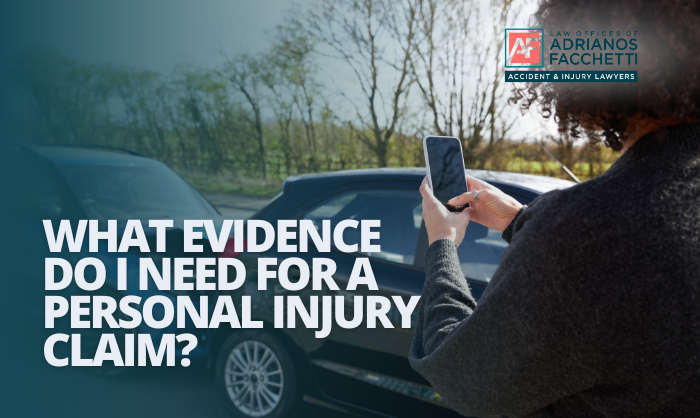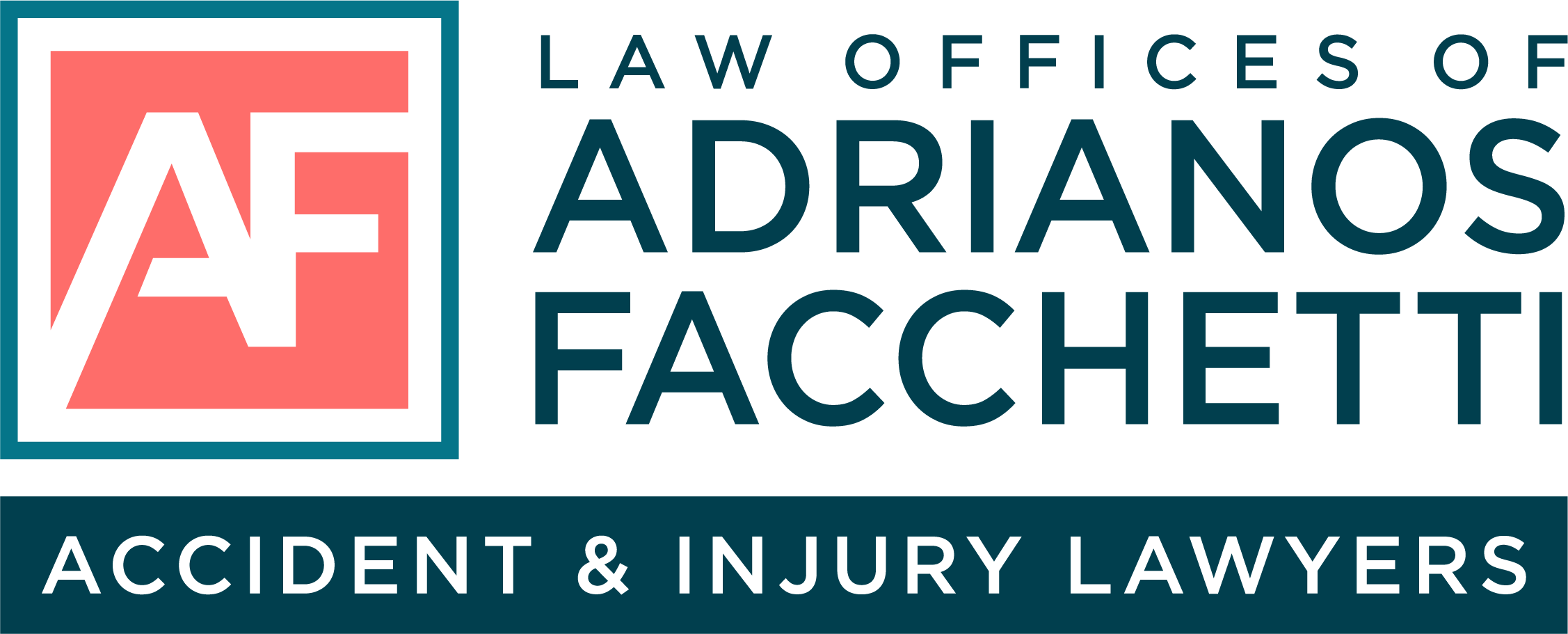For many families and groups of friends, a trip to a go kart track feels like safe fun. The truth is that go karts are fast machines, and when safety standards are ignored, the results can be catastrophic. California law holds manufacturers and track owners responsible for preventable injuries, and riders should know their rights.
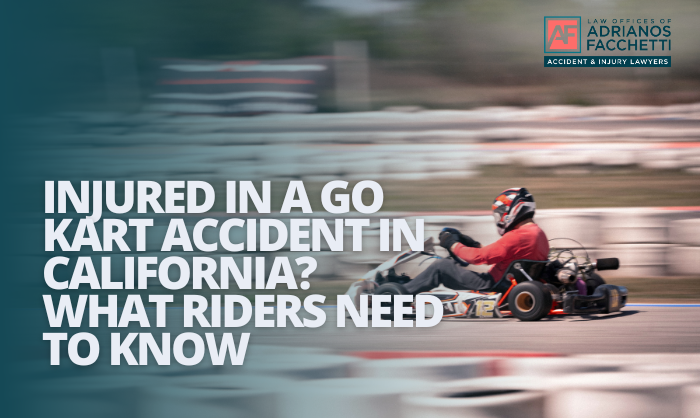
How Go Kart Accidents Can Happen
Most go kart injuries are not random. They usually result from avoidable safety failures. Some tracks allow karts to run with exposed engine components or without proper protective guards. Employees sometimes rush riders through without warning them about long hair, loose clothing, or correct helmet use. Others cut corners on daily inspections that are required by ASTM safety standards.
When even one of these steps is skipped, the danger is extreme. Riders have suffered scalp injuries, burns, broken bones, and permanent scars because the machines and facilities were not made or maintained to industry standards.
Waivers and Why They Do Not Always Protect the Track
Go kart facilities almost always require riders to sign a waiver before they race. These waivers are designed to make people believe they cannot bring a lawsuit if they get hurt. But under California law, a waiver is not a free pass for negligence.
If a facility fails to warn someone about securing long hair, skips inspections, or ignores ASTM safety rules, that can amount to gross negligence. Courts have repeatedly held that a waiver cannot shield a business from liability when it acts with gross negligence or recklessness. In plain terms, if a track’s behavior shows an extreme disregard for safety, that waiver may be worthless.
This is why injured riders should never assume a signed waiver means they are out of options.
Assumption of Risk
Another defense go kart operators often use is the claim that riders “assumed the risk” by choosing to participate in the activity. California law does recognize that people who take part in sports or recreational activities accept certain obvious and inherent risks. For example, a rider might expect that karts can bump into each other or that spinning out is part of the experience.
But the assumption of risk defense has limits. A rider does not assume the risk that a kart will be defectively designed, that the track will ignore mandatory inspections, or that employees will fail to warn about hidden dangers such as hair entanglement or missing safety guards. Those are not inherent risks of go karting. They are the result of negligence.
When the danger goes beyond what a reasonable participant would expect, assumption of risk does not protect the track or the manufacturer.
Who Can Be Held Responsible
Liability often extends beyond just the track owner. Manufacturers may be responsible if a kart was defectively designed or built. Operators may be liable if they failed to maintain equipment, train employees, or post proper warnings. In some cases, both the manufacturer and the operator share responsibility.
California law recognizes that recreational facilities cannot cut corners when safety is on the line.
Why Acting Quickly Matters
Evidence can disappear quickly after a go kart accident. Inspection logs, employee training records, and even the kart itself may be crucial in proving negligence. An attorney can act immediately to preserve that evidence and build the strongest possible case.
Speak With a California Go Kart Accident Lawyer
Go kart tracks may try to hide behind waivers or claim that riders assumed the risk of injury. But when facilities act with negligence or gross negligence, those defenses often fail. If you or a loved one has been injured in a go kart accident, you may still have a strong legal claim despite what the waiver or the track says.
The Law Offices of Adrianos Facchetti has experience holding negligent parties accountable. Call or text 626-793-8607 for a free consultation today.
